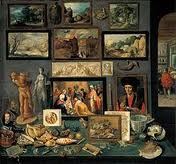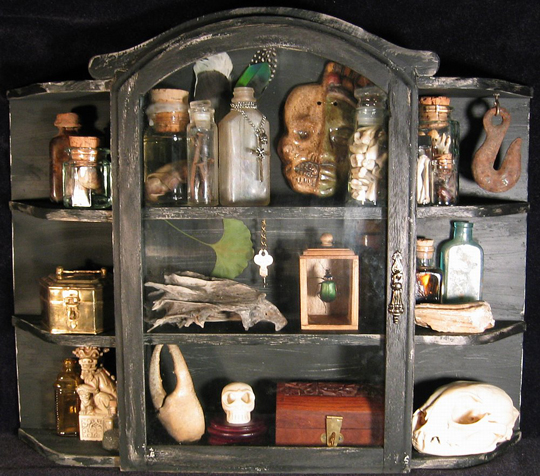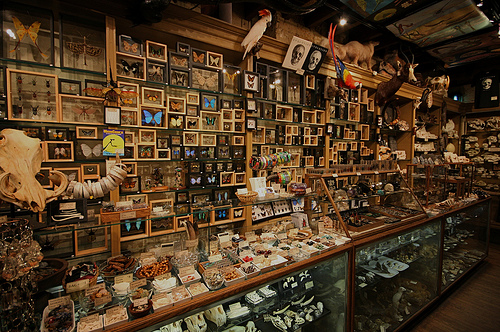Visual Arrangement as Inquiry
“As traditional academic performances in print are remediated onto the flickering screens of our computers, we have an opportunity to take advantage of the affordances of interactive digital media to construct new models for the shape of scholarly work” (p.136)
Delagrange focuses specifically on the rhetorical canon of arrangement in Chapter Four, arguing that it should be treated more as “a visual practice or method of discovery in research and writing” (p. 110). Indeed, she explains, for many centuries, the canon of arrangement was thought of precisely in this way. It was not until the 18th century with the rise of Cartesian dualism, the scientific method, and the “plain style” of composition that arrangement lost its association with invention and discovery and instead became nothing more than “an inflexible rubric for organizing parts of a discourse” (p. 108). Delagrange asserts that engagement with digital media offers us a wonderful opportunity to restore the roots of arrangement.

To understand what reviving arrangement in digital media might look like, Delagrange uses the 16th and 17th century Wunderkammer as a model. A Wunderkammer was a “chamber of marvels” or a collection of eclectic curiosities stored in rooms, cabinets, or closets, what Delagrange calls “the idiosyncratic collections of scholars and autodidacts—gardeners, physicians, teachers—obsessively accumulated, repeatedly studied, endlessly catalogued, and proudly displayed” (p. 119). The Wunderkammer is a helpful model of arrangement because it exemplifies how wonder might be the initiating and shaping force in arrangement.


The possibilities for such a wonder-based conceptualization of arrangement translate to digital media by encouraging scholars to place more focus on visuality, embodiment, and interactivity in our creation and analysis of digital texts. In our use of images, hyperlinks, and organization of sites and sites-within-sites, we might show greater attention to arrangement as a “rich, multivariate techné of invention and representation” (p. 107). Delagrange encourages scholars to push their digital work into realms embracing the medium’s potential for multilinear, multimodal arrangement and connectivity.